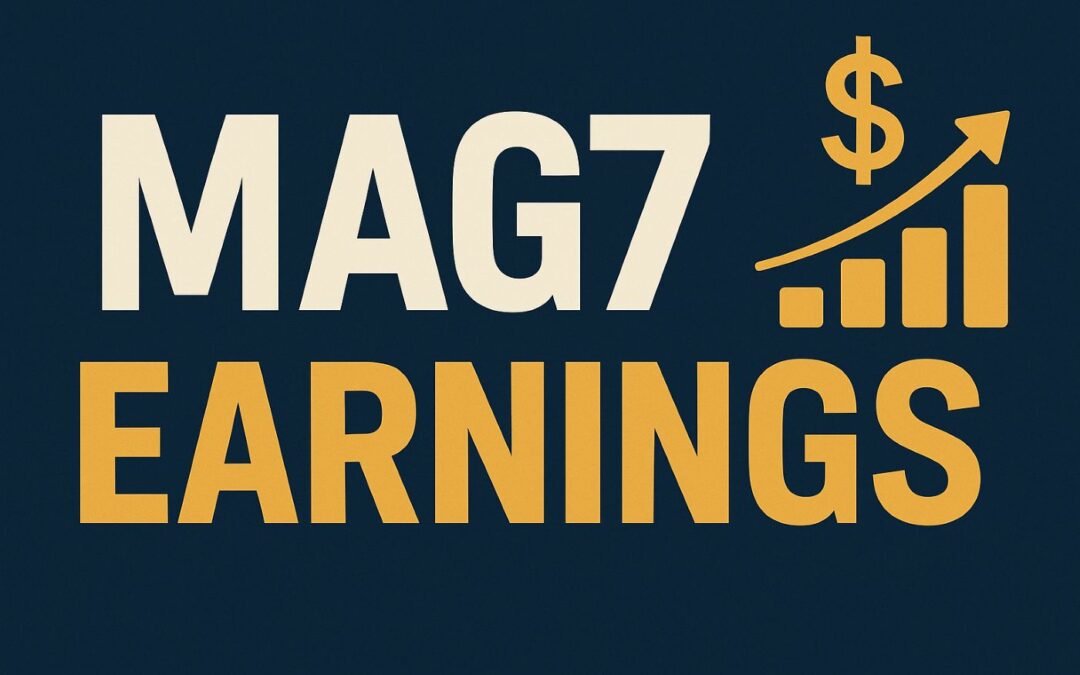Let me start with a quick stat: 95% of the time, any given stock will trade within two standard deviations of its average price.
That’s not an opinion or a fact I just made up… it’s a real statistic.
So what happens when a stock dips below that two-standard-deviation threshold?
That’s when I get interested.
Because if it’s a good company — not a meme stock, not a money-losing mess, but a fundamentally sound business — then odds are, that drop is overdone. You’re looking at an outlier. And outliers tend to correct themselves.
Fast.
The Rubber Band Setup
You can think of this kind of setup like a rubber band.
The stock pulls away from its average. The further it stretches, the more tension builds. At a certain point, it’s stretched too far — and that’s when the snap-back happens.
Now, I’m not talking about trying to catch falling knives or guess bottoms. This isn’t hope-based trading. This is about stacking probabilities in your favor.
Here’s what I look for:
- A fundamentally strong stock (I’ll explain how I define that in a second)
- Trading two standard deviations below its recent average (you can use Bollinger Bands or set up a custom indicator in TradingView)
- A chart that shows evidence of stabilizing or even turning up — I’m not looking for perfection, just signs that the bleeding may have stopped
When I see that, I get interested.
How to Filter for “The Right Stocks”
But — and this is a big but — not every stock deserves your attention, even if it’s trading at a big discount.
Reversion to the mean only works if the stock has a strong mean to revert to.
That’s why I always apply a fundamental filter. If a stock flashes a technical setup but fails one of these core tests, I walk away. No exceptions.
Here’s what I care about:
- Earnings Growth – Not just last quarter, but a healthy trajectory
- Sales Growth – I want revenue moving in the right direction
- Margin Expansion – Improving profitability is a green flag
- Beating Analyst Estimates – Past surprises can indicate future upside
- Rising Analyst Revisions – If Wall Street is upgrading their outlook, pay attention
If a stock passes that screen and is trading more than 2 standard deviations below its mean?
That’s where I start getting aggressive.
Why Timing Doesn’t Have to Be Precise
I’m not a scalp trader. I don’t need to hit the exact bottom tick. I usually enter my trades in the final hour of the trading day, once I’ve seen how the stock behaves intraday.
That’s it. No staring at charts all day. No crystal ball required.
And when it’s time to exit?
I use a basic mechanical signal that tells me the move is likely exhausted. But again — it’s not about precision. It’s about stacking the odds and letting the market work in your favor over time.
In other words, I’m not always going to get the maximum “juice” out of that squeeze, but more often than not I’ll capture enough to make it worth my while — and keep too many of them from becoming losses.
You Can Try This Without Spending a Dime
Here’s the thing I want you to take away: you don’t need to buy any fancy tools to try this.
You can:
- Plot a 20-day simple moving average
- Overlay a 2-standard-deviation Bollinger Band
- Look for pullbacks that pierce the lower band on fundamentally solid names
- Then track what happens over the next 2–4 weeks
That’s it. No fancy equipment required. Just logic, discipline, and a little patience.
It’s not flashy. But it works.
And if you stick with setups like this, you’ll start to notice something:
The market is irrational — but it’s predictably irrational.
And that’s where the opportunity lives.
Coming Up Next…
If you’re feeling excited but a little unsure how to actually do all this — don’t worry. Over the next two Fridays, I’ll walk you through it step-by-step.
Next Friday, I’ll show you exactly how I find fundamentally strong stocks — even if you’re not an analyst and don’t have any fancy tools.
Then the week after, we’ll dive into the charts and I’ll show you how to spot “rubber band” setups using free tools like TradingView.
By the end of this mini-series, you’ll have everything you need to start trying this for yourself — no guesswork, no jargon.
Stick with me.
Talk soon,
JD
The Rational Trader
P.S. Geof Smith wants to show you how a 20 minute morning trade could have you targeting $500 at every opening bell. Click here for details.



